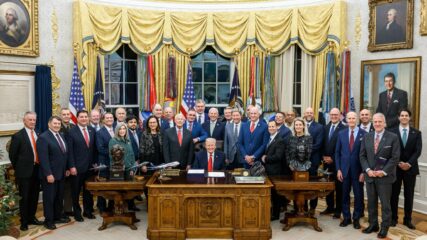March 13, 1948
The Davidka, a mortar designed and manufactured at the Mikveh Israel agricultural school for use in Israel’s fight for independence, is used in combat for the first time in an attack on Jaffa’s Abu Kabir neighborhood.
Mainly the work of David Leibowitch, for whom the mortar is named, the Davidka is known for being wildly inaccurate because of its use of a bomb that is far larger than what similarly sized mortars usually carry. The bomb does not fit inside the mortar tube, so the projectile is aerodynamically unstable.
But the Davidka creates large, loud explosions, scaring enemy soldiers and civilians. Six Davidka launchers are manufactured, two for each of the three Palmach brigades operating during the War of Independence.
The mortar is perhaps most famously used in Operation Yiftach, the effort to liberate Safed (Tzfat) from Arab forces. The Davidka fails to inflict casualties but does demoralize Arab militiamen, who at times fear they are being attacked by the atomic weapons that rumors say Jews have built. The Davidka also is deployed in the battles for Haifa, Ein al-Zeitun and Jerusalem.
Today, one Davidka mortar is displayed in the Safed city square. Another is in Jerusalem’s Davidka Square, where the mortar has a small memorial. A third is at the Givati Museum at the Yoav Fortress in south-central Israel.
Syrian rebels used a Davidka-style mortar with enhanced accuracy in their fight against Bashar al-Assad’s forces, according to an Al-Jazeera video.









